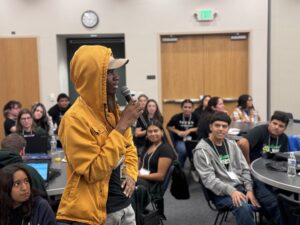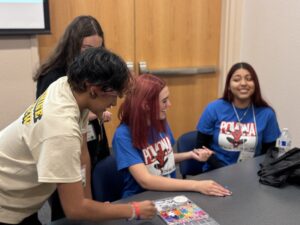School-Based Health Centers Help Prevent & Treat Substance Use
School-based health centers and wellness centers (SBHCs/WCs) and wellness centers are ideal places to identify youth using substances and provide evidence-based services that inform them about the health risks associated with alcohol and drug use, motivate them to change their behaviors, and support them in addressing the concerns that may be underlying their substance use.
At the same time, SBHCs/WCs are ideally positioned to address the underlying risks that contribute to substance use and strengthen protective factors by improving school climate and implementing trauma-informed practices.
Youth Substance Use Impacts Long-Term Health Outcomes
School health providers are concerned about youth substance use because it impacts a student’s long-term health outcomes and their academic performance. Substance use is linked to lower grades, student absenteeism, and higher rates for high school dropout.1 Adolescent substance use is also highly predictive of adult substance abuse because the adolescent brain is still developing making it more susceptible to addiction. Nine out of ten people meeting the clinical criteria for a substance use disorder began using one or more addictive substances before the age of 18.2 Schools, school-based health programs, and school support services are ideally positioned to educate, prevent, and intervene early in youth substance use, preventing experimentation from escalating to misuse or addiction.
Nationwide, 14% of high school students have misused an opioid prescription.3 In California, 20% of 9th graders and 29% of 11th graders used alcohol or drugs at least once in the last month.4 Risk factors such as trauma, mental health conditions, and environmental factors can increase a young person’s likelihood of substance use.






